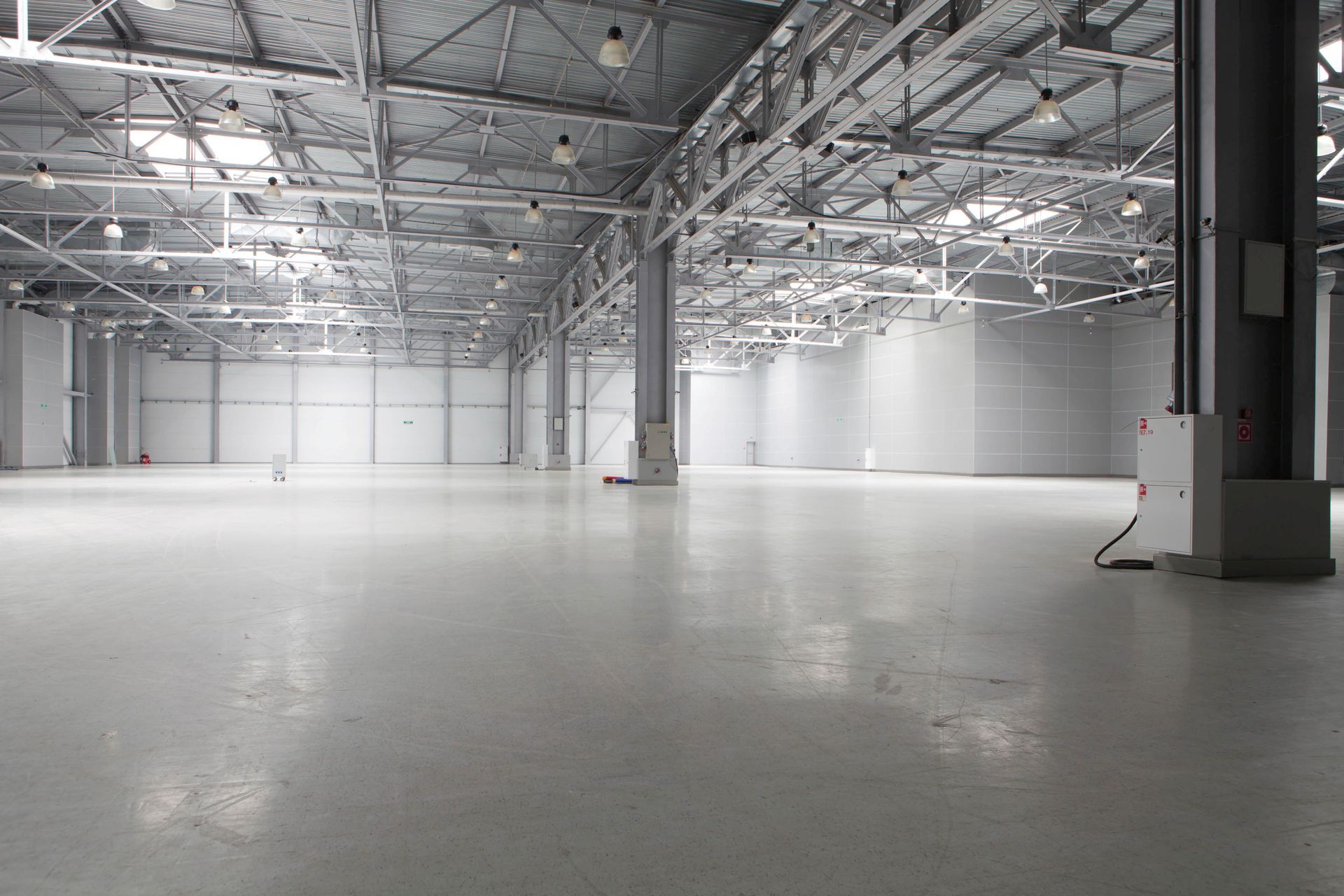A Homeowner’s Guide to Storage Warehouse Services
Homeowners often face the challenge of safely storing furniture, household items, and personal belongings during moves, renovations, or staging projects. Using a storage warehouse can provide the necessary space, organization, and protection to keep possessions in good condition. Having a dedicated storage area also helps reduce clutter at home and allows homeowners to manage their projects more efficiently.
According to SpareFoot, an estimated 2,099,000,000 square feet of storage space are currently in use nationwide, demonstrating the growing demand for secure and reliable storage solutions. Whether you need temporary storage for a few weeks or a longer-term solution, understanding storage warehouse services can help homeowners make informed decisions and protect their investments. Knowing how storage warehouses operate and what services they offer can save homeowners time, reduce stress, and ensure that their items remain safe and well-maintained.
Exploring the Benefits of a Storage Warehouse
A storage warehouse offers a dedicated space to keep furniture and other household items organized and secure. For homeowners managing high-value, custom, or one-of-a-kind pieces, having a designated storage area reduces the risk of damage during transitions, renovations, or staging projects. By keeping items off the ground and on designated shelving, storage warehouses minimize exposure to accidental knocks, dirt, or moisture.
Additionally, storage warehouses provide flexibility that can accommodate both short-term and long-term needs. Homeowners can store items temporarily during a move or while preparing a home for staging, as well as for extended periods when items are not immediately needed. This flexibility allows homeowners to better manage their projects and ensures that furniture remains in good condition until it is required again.
Understanding the Types of Storage Warehouse Services
Storage warehouses can vary in the services and options they provide. One common feature is open rack storage, where each item is stored individually on shelves for easy access. This system allows homeowners to retrieve items without disturbing others and helps maintain the condition of each piece. Open rack storage also makes it easier to keep items organized and reduces the risk of accidental damage during storage or retrieval.
In addition to basic storage, many facilities offer options for short-term or long-term storage depending on homeowners’ needs. Short-term storage is useful for projects with tight timelines, such as staging or renovations, while long-term storage accommodates seasonal furniture or pieces that are not currently in use. Understanding the different storage options can help homeowners choose solutions that match their schedules and requirements.
Organizing Items for Easy Access
Organization is a key benefit of a storage warehouse. Using an open rack system allows homeowners to store items in a structured way, making it easier to locate and retrieve pieces when needed. Proper organization also helps prevent accidents, such as knocking over fragile items or stacking heavy pieces unsafely. Maintaining a clear system for labeling and categorizing items further improves efficiency and reduces the time spent searching for specific pieces.
Homeowners can enhance accessibility by labeling items clearly and arranging them by type, size, or priority. For example, furniture intended for an upcoming project should be stored in an easily accessible location, while seasonal items can be placed toward the back. Planning the storage layout helps maintain order and ensures items are ready when needed, saving time and reducing stress.
Protecting Furniture During Storage
Proper handling and placement of furniture is essential for maintaining its condition. Items should be wrapped or padded to prevent scratches, dents, or dust accumulation. Special attention should be given to delicate or custom pieces to ensure they remain intact throughout their time in storage. Careful placement and spacing of each item on shelves can also help prevent accidental bumps or pressure damage from surrounding pieces.
Homeowners should also avoid stacking heavy items on top of fragile furniture, as this can cause permanent damage. By using shelves to store each item individually, a storage warehouse provides a safer environment for valuable belongings. Careful handling and thoughtful placement help preserve the integrity and appearance of stored items. Ensuring that items are stored stably and securely also makes it easier to access them without risk of accidents or shifting.
Planning for Short-Term and Long-Term Needs
Homeowners should consider the timeline and purpose of their storage needs when selecting a storage warehouse. Short-term storage can be ideal during a home renovation, staging, or move, while long-term storage may be necessary for seasonal items or furniture that will not be used immediately. Evaluating the types of items being stored, such as fragile or custom furniture, can help determine the best storage approach for their protection and ease of access.
Planning ahead also helps with scheduling pick-ups and drop-offs efficiently. Homeowners can coordinate storage access around project timelines, ensuring that items are available exactly when needed. By understanding their storage requirements in advance, homeowners can take full advantage of the flexibility a storage warehouse offers. Careful planning also reduces the risk of misplaced or overlooked items, keeping projects on track and minimizing stress.
Avoiding Common Storage Mistakes
Even with access to a storage warehouse, homeowners can make mistakes that compromise the safety and condition of their items. Overpacking boxes, stacking heavy items on fragile furniture, or poor labeling can lead to damage and make retrieval more difficult. Failing to plan the layout or categorize items properly can also create confusion and increase the likelihood of accidents when accessing stored belongings.
It's also important to consider the size and fragility of each piece, as well as seasonal adjustments. For example, patio furniture may need extra protection during colder months, while delicate fabrics should be stored in breathable coverings. Awareness of these common pitfalls allows homeowners to use storage services more effectively and protect their belongings over time.
Maintaining Items While in Storage
Regular maintenance and monitoring help ensure that furniture remains in good condition while stored. Wrapping or padding items, arranging them carefully on shelves, and keeping them separate from other pieces reduces the risk of scratches, dents, or dust accumulation.
Homeowners should also consider seasonal adjustments and the long-term preservation of their items. Rotating or rearranging furniture periodically can prevent pressure damage and help maintain its overall condition. By following these general maintenance practices, homeowners can extend the lifespan of their furniture and ensure it remains ready for use.
Maximizing the Value of a Storage Warehouse
Homeowners can get the most out of a storage warehouse by planning their storage strategically. Coordinating storage with home projects, renovations, or staging schedules allows items to be retrieved efficiently when needed. Organizing items by priority or project sequence can further streamline access and reduce time spent searching for specific pieces.
Using storage effectively also helps reduce stress and improve overall organization. Items stored in a structured, accessible manner are easier to track and manage, providing peace of mind. With proper planning, homeowners can ensure their furniture and belongings are always ready for the next stage of a project or move.
A storage warehouse provides homeowners with an organized, flexible, and safe solution for storing furniture and household items. By understanding available services, maintaining proper care, and planning for both short-term and long-term needs, homeowners can protect their possessions and simplify project logistics. Considering organization, handling, accessibility, and planning helps homeowners make informed decisions and maximize the benefits of storage warehouse services.
Ready to make your storage projects easier and more organized? S&D Receiving & Installation Warehouse offers practical storage warehouse solutions designed to meet your home’s needs. Contact us today to plan your storage strategy and keep your furniture safe and accessible.




Share On: